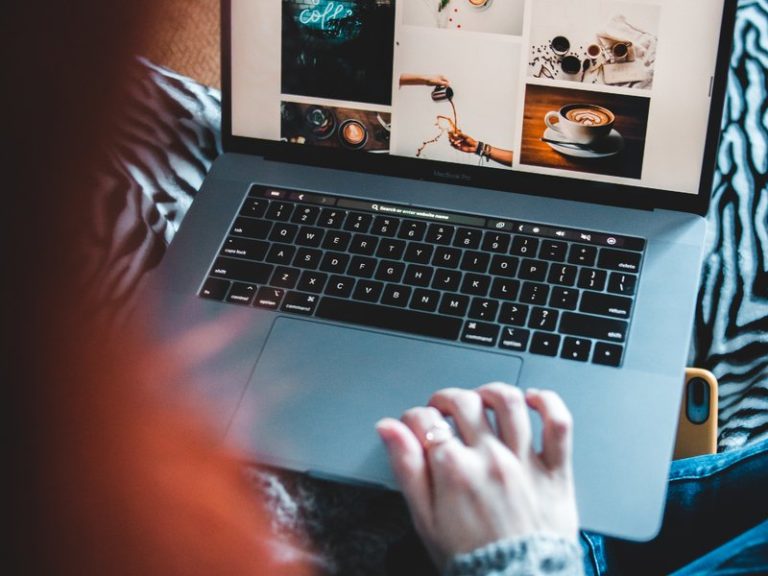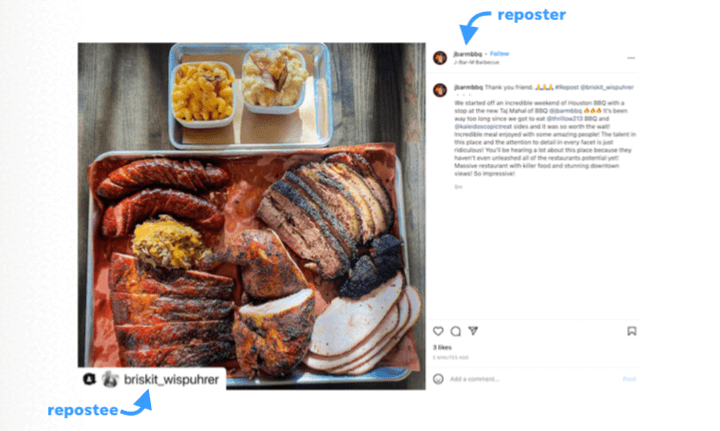
My colleagues and I at Good Growth have been working on one way of enabling slow data to be easily produced and presented to ecommerce leaders in a simple subscription service, so that the time you have to slow down and think can be used on the problem, not in finding and qualifying the data.
Effective ecommerce teams employ both systems. They use fast data and agile processes to optimise current propositions and customer experiences and slow data to unearth deeper insights and opportunities that might shift their optimisation focus or suggest bigger more significant changes.
Whilst fast data is quantitative and available in individual platforms and can be generated as a way of tracking progress, slow data is a combination of quantitative key metrics that when analysed and evaluated together can help ecommerce leaders spot trends and connections. These are connections otherwise unseen in the welter of data reports that arrive in their in-boxes from all quarters.
Fast data helps rapid and agile responses within the context of a set direction – it is not the kind of data you should use for a significant shift in direction, strategy or proposition. Slow data, on the other hand, comes in intervals where you are able to identify and analyse trends, compare them against similar periods, not only of time but also of activity (yours or a competitor’s) and take stock of performance ‘in the round’. This is the strategic aspect to ecommerce, the view that can set an effective programme of change over the medium term that will support long-term growth.
What is ‘slow data’?
Kahneman also introduced us to the tendency for business leaders to fall victim to the ‘planning fallacy’. As a result, we can be over-optimistic and make decisions based on this rather than on a rational weighting of gains, losses, and probabilities.
You can find out more about slow data here.
Our work at Good Growth work since 2011 has reinforced the importance of ensuring that in ecommerce there is a role for what we call ‘slow data’.
Find out more about presenting slow data
In his 2011 book, Thinking, Fast and slow, Nobel laureate Daniel Kahneman introduced the idea of two competing thinking systems each critical to human performance, yet each able to be applied at the wrong time. For example when we need to look sceptically and hard at an issue, we may make a quick judgement often based on a too superficial understanding.
Too often in our experience ecommerce teams are driven by a bias to what Kahneman called ‘system 1’ thinking. They operate on a diet of fast data and adrenaline-fuelled decision making that drives a considerable amount of activity and resource. This in turn delivers a great deal of change; but can result in very little difference to the commercial outcome. This is a world of ‘experts’ where data is seized on to justify a particular world-view, rather than interrogated to find new and possibly contrary world views that could, if understood better, generate far more revenue and profit.
In ecommerce the ready availability of data can often prompt rapid and ultimately fruitless activity – with its consequent absorption of scarce resources. The data seems empowering, and yet, un-analysed and seen out of context it may lead to erroneous conclusions.





